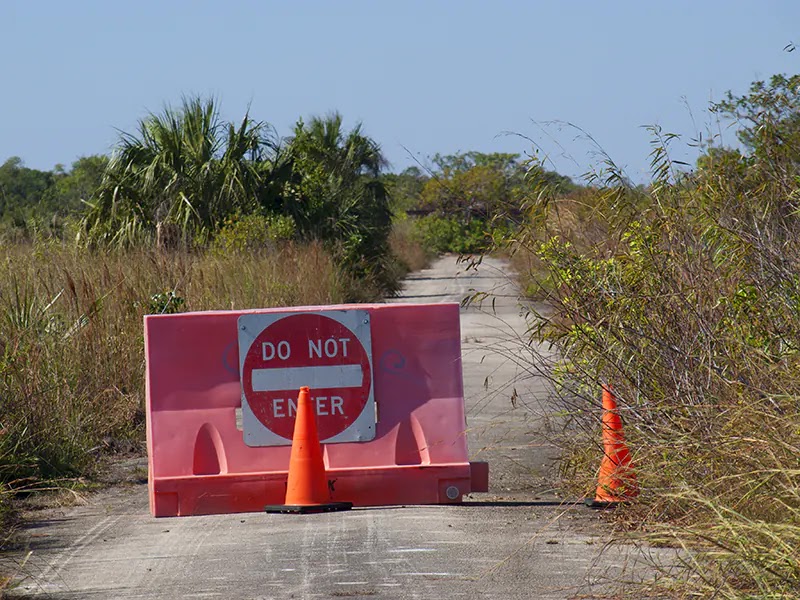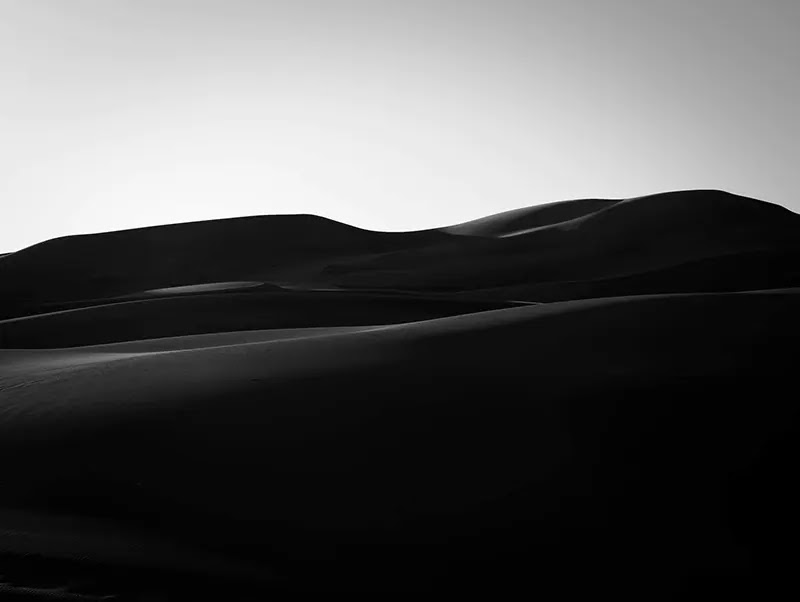How to travel in the desert: Some notes on safety
One mile farther and I come to a second grave beside the road, nameless like the other, marked only with the dull blue-black stones of the badlands. I do not pause this time. The more often you stop the more difficult it is to continue. Stop too long and they cover you with rocks.
People die every year in summer hikes. Heat kills, and it happens fast.
Ten minutes separate life from death in a desert. The odds of finding help on time are against us. We need to learn before venturing in. Our lives
depend on it - and using common sense.

|
| Following C on a dune hiking adventure in Great Sand Dunes National Park, Colorado - License our images here. |
These notes are my reminders for desert hikes. Take them as general
ideas. I advise nothing here. Research all you read on this page. Some product links are affiliate. Thanks for your support.
General knowledge
- Any season is dangerous. Summer hikes are out of the question.
- Don't count on phone reception.
- Dehydration and overhydration are real dangers (more about hydration here.
Preparations
- Planning, planning, planning. Not amount is enough.
- Plan to wander two or three weeks in the area to acclimatize to the heat.
- Carry a topo map besides GPS, compass, and a satellite phone - or at least an emergency beacon.
- Carry a first aid kit, a hiking whistle, a towel, balm protection for the lips, and a hiking umbrella - the only roof in a desert.
- Use long pants and long leaves shirts for sun protection and better cooling - the sweet part of sweating.
- Light colors and loose clothes are better.
- Wear a wide hat and a scarf.
- Don't forget the dark sunglasses - flying sand is terrible in windy days, also sun reflections hurt the eyes.
- Water is gold. Carry at least a gallon per person per day - the most the better.
- A gallon of water weights over 8 pounds - the exact weight depends on temperature.
- Leave a schedule and itinerary with family or friends.

|
| My hiking poles are holding the falling sun. LOL. |
Navigating the desert
- It's easy to get lost.
- Sand dunes cut visibility.
- Heat distorts the vision and causes errors estimating distances.
- Sandstorms = zero visibility. People can separate and get lost.
- Roads and well-marked trails are a desert rarity.
- Never hike at midday.
- Be vigilant around wadis - dry channels. Water can rush without warning if close to mountains.
- Birds may help in search of water. Pigeons and parrots live close to water.
- Sunsets bring relief. The wind dies down and temperatures drop - many prefer to hike at night.

|
| Walk on the desert of salt of Bonneville Salt Flats, Utah. |
Desert wildlife
- Venomous snakes, spiders, and scorpions are menaces - scorpions are night wanderers.
- Check clothes before bed and close well the tent.
- Insects may carry infections.
- Avoid contact with desert dogs and rats.

|
| The hottest of the hottest: Death Valley. |
Surviving the desert
- Be silent. More talk = more liquid lost.
- Alcohol and salty food = increased thirst.
- Feeling thirsty is not a good indicator of dehydration - decreased urination is.
- Cooling down we lose more liquid than we can absorb and replenish.
- We can absorb roughly a liter of water per hour.
- Drink between half and one liter per hour - depends on the amount of sweating.
- Dehydration plus losing salts through sweat = muscle cramps.
- Wash your face frequently and change socks if they feel wet.
- Heat and lack of humidity = nose bleeding. Use saline spray or breathe through a wet piece of cloth.
- Women overheat faster - they have lower sweat output, higher body fat, and on average, less water in their bodies. Estimates: 60% of the bodyweight of men is water; 50-55% for women.
- Don’t seat or lay down on the floor. Under the sun, the ground can be 30 degrees hotter than the air.
- Irrational speech, irritation, confusion, disorientation, trouble with body balance, up to total collapse, may be symptoms of heatstroke - pay attention if someone gets too grumpy.
- Cool and hydrate a person if heatstroke is suspected. Lower the body temperature as soon as possible.
- Immersion in water helps. If not possible, wrap the person in a fabric drenched with ice water, apply ice to the head, armpits, and the groin.
- No cold water? Seek shade and wet or remove all clothing. Fan the person.
- Call for help as soon as possible.
- Survival depends on the duration of the overheating.
- Body temperatures over 105 ℉ are critical, they need to return below 104℉ in less than 30 minutes.
- Control fear and panic. They never help.

|
| Crossing the Mojave Desert. |
Traveling in vehicles
- Batteries don't charge well in the heat.
- Monitor the cooling system - careful opening the radiator cap because heat increases the volume of liquids.
- Check under the vehicle for snakes.
After all this, who wants to hike in a desert? Well, there is beauty in barren landscapes - especially sunsets and night skies.
I have always loved the desert. One sits down on a desert sand dune, sees nothing, hears nothing. Yet through the silence something throbs, and gleams...
Disclaimers: Follow any idea at your own risk. These notes are for my personal use, not general advice. Do your own research.




Comments
Post a Comment